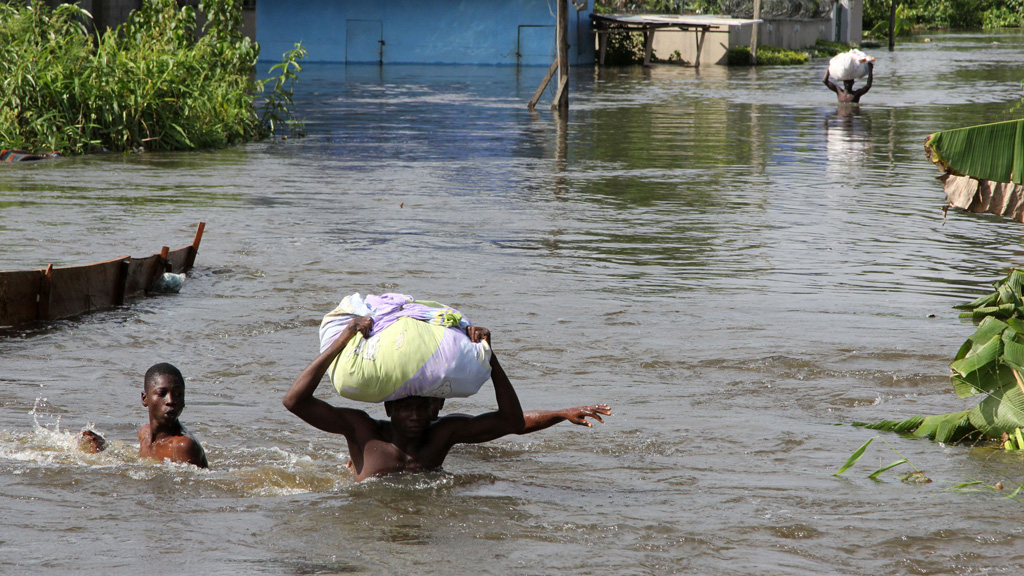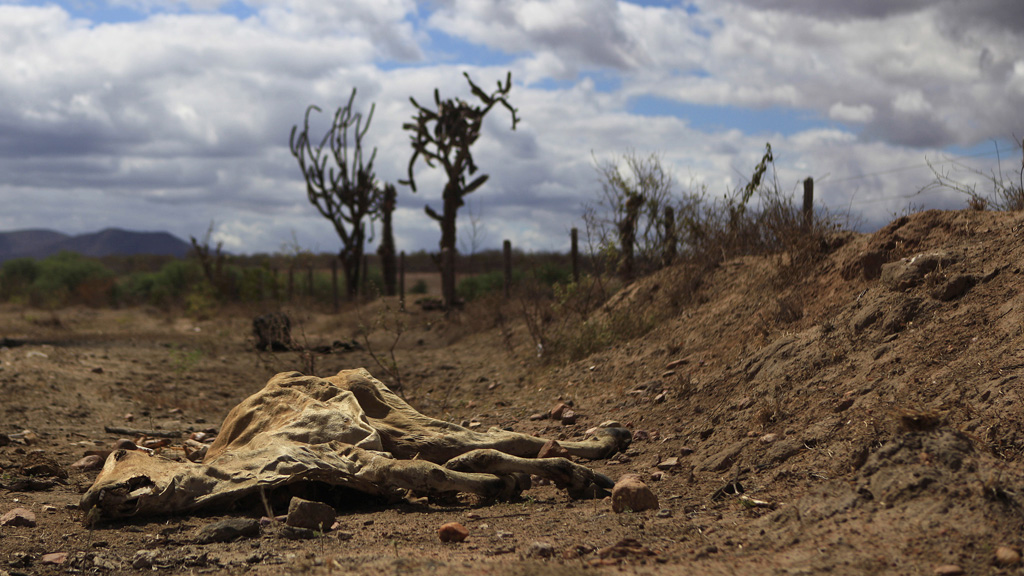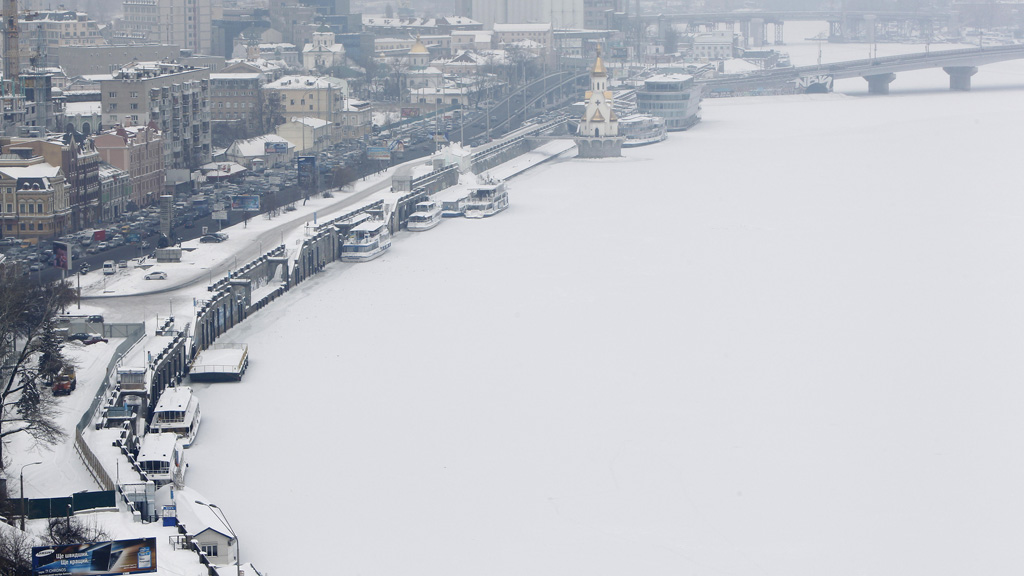The world in the eye of the storm, flood, or drought in 2012
As the UK learns it has experienced the second wettest year on record, Channel 4 News looks globally at the extreme weather events of 2012 and asks if we should expect more in 2013?
2012 was marked by extreme weather events across the planet – from the devastation of tropical cyclones such as Superstorm Sandy and Typhoon Bopha to the floods in central Africa and Pakistan.
Click on the symbols for pictures and detailos of extreme weather events across the world.
No continent has been untouched by extreme weather, from drought in the US to floods in Australia and deadly cold in Europe – the world has suffered at the hands of extreme weather, which may be partially caused by manmade climate change.
Severe floods

Pakistan was one of the worst hit locations for flooding. As it had been in 2010 and 2011, people in Pakistan, especially in the Punjab, Balochistan and Sindh provinces, suffered when monsoon rains triggered deadly floods.
Flooding during September 2012 affected more than five million people, killed 40 and damaged over 400,000 hectares of crops. More than 460,000 homes and pieces of infrastructure were damaged.
In Africa extreme flooding also wreaked havoc. Around 30 people in Niger and Nigeria died from flooding that destroyed farmland, homes and schools. Outbreaks of cholera and other disease emerged in the aftermath.
Omar Baddour, head of the data management aplications division at the World Meteorological Organisation, who is responsible for the WMO’s anual report on extreme weather events, said: “They are some of the most devastating floods the regions (Niger and Nigeria) have experienced in decades.
“In Pakistan it is the third year of recorded flooding following floods in 2010 and 2011. There are questions that need to be answered as to why we have three consecutive years of flooding.”
Drought hits farmers

2012 saw the US suffer one of the worst droughts in its history, hitting farmers across the south of the country. The drought has cost billions to the US agricultural sector and is estimated to have affected 164 million American citizens.
How the US drought relates to climate change is difficult to judge, Mr Baddour said, as it was an exceptional event – and you need “more than one exceptional event in order to establish a pattern”.
But the impact was not just in the US. Russia, China and Brazil were also severely impacted by drought conditions. In Brazil cattle starved to death in the severe conditions, putting livelihods at risk in an estimated 1,100 towns.
Deadly cold

In February extreme cold struck Europe, and in eastern Europe this proved to be fatal. An estimated 60 people died from the freezing weather – with the Ukraine, where 120 people died, the worst hit. Villages in Bosnia Herzegovina were cut off from supplies in the cold weather.
The freezing temperatures were followed by drought conditions in the summer for much of the region – including in Spain where over 184,000 hectares of land were scorched by wildfires between the start of the year and mid-September.
Cyclone carnage

One of the most high profile tropical cyclones of the year was Superstorm Sandy – which wreaked havoc in the Caribbean, most significantly in Haiti, before hitting the north-east coast of the US.
The storm claimed around 80 lives in the Caribbean and 100 lives in the US, as well as stranding families without power and putting the financial powerhouse of New York at a standstill.
However, it was not the most powerful storm of the year. Bopha, which hit the Philippines at the end of the year, is estimated to have killed more than 1,000 people and caused around $1bn in damage.
Mr Baddour said that though a link between the intensity of a storm and climate change has not been proven, a warmer planet can mean more devastating effects from tropical cyclones.
“The conditions of the atmosphere have changed because the warmer conditions mean more moisture in the atmosphere, which makes extreme events more devastating,” he said.
“The extreme weather we are seeing now would not have had the same impact 50 years ago or a hundred years ago.”
He added that the year featured some unusual events in cyclone history, including the unprecedented formation of cyclones prior to the cyclone season, and the unusual formation of cyclones at the equator.
“I can definitely say we will see more extreme weather events in 2013,” he said. “But when and where we cannot know.”